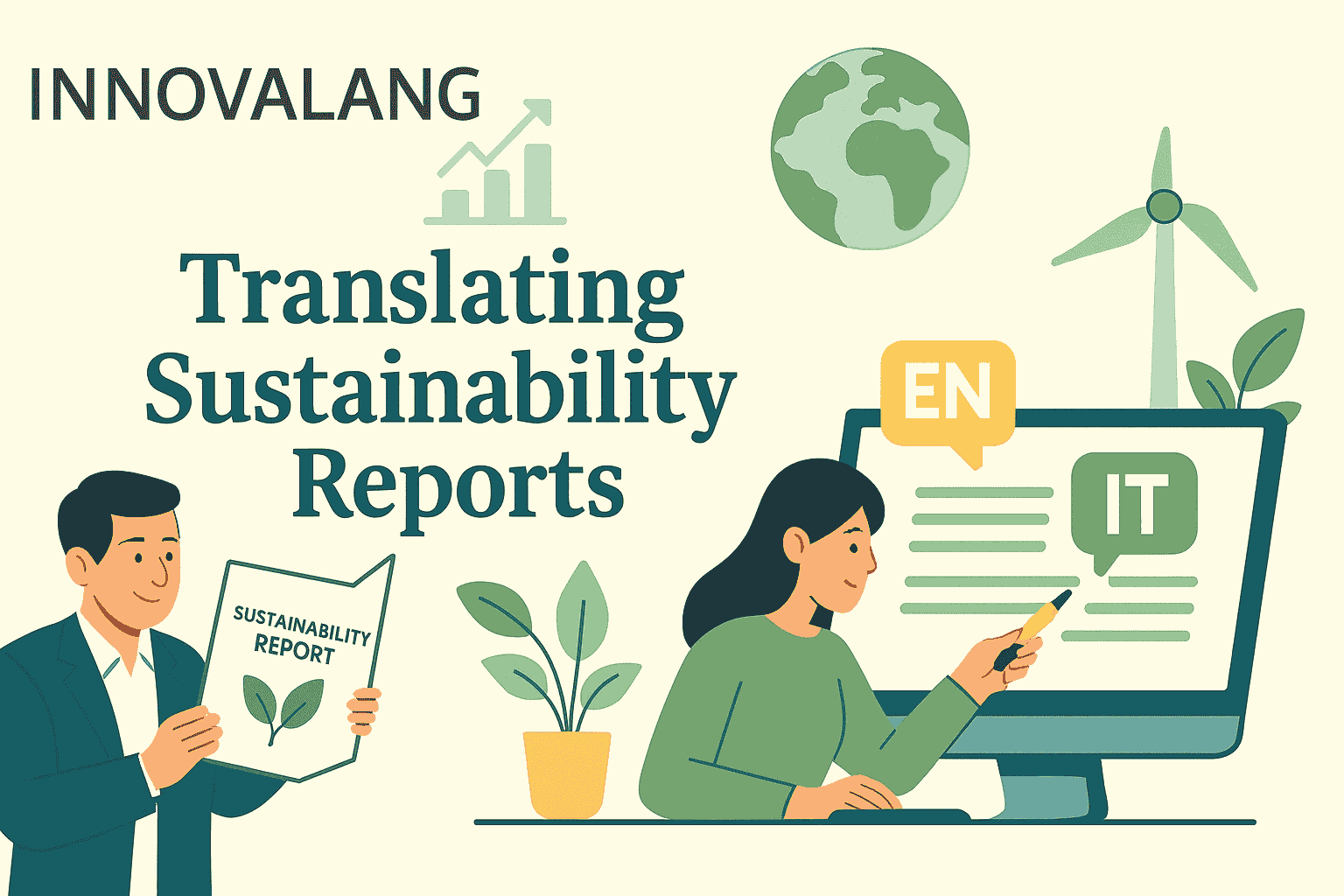In today’s global marketplace, content localization is not just about translating words—it’s about adapting your brand’s message to resonate with diverse audiences while preserving a strong and unified brand identity. Companies that successfully expand into new markets know that maintaining brand consistency across languages and cultures builds trust and reinforces credibility.
Here are five effective strategies to localize your content professionally without losing brand consistency. For companies looking for expert support, partnering with specialized services like InnovaLang’s Website and Social Media Translationcan make all the difference.
1. Define a Multilingual Brand Voice
A well-defined multilingual brand voice ensures your messaging reflects the same personality and values in every market. Rather than producing literal translations, focus on crafting messages that convey your brand’s tone—whether it’s innovative, sophisticated, or playful.
For instance, a premium lifestyle brand expanding into Europe, Asia, and the Middle East should maintain its aura of exclusivity while adapting its tone to cultural expectations. Creating brand voice guidelines in multiple languages, in collaboration with professional linguists, helps maintain a unified identity worldwide.
2. Establish Consistent Terminology
Consistency is key to building trust across markets. Develop a multilingual glossary of key terms, slogans, and product descriptions that must remain uniform, regardless of language.
Think of tech companies that use the English term “cloud computing” globally to ensure message consistency. By creating and updating a terminology database—ideally managed by professional translators familiar with your industry—you can prevent confusion and keep your brand message clear and recognizable everywhere.
3. Work with Native-Speaking Linguists
Native-speaking linguists provide cultural and linguistic insight that goes beyond standard translation. They understand idioms, social norms, and cultural sensitivities—essential for making your content feel natural and authentic.
For example, if you are launching a campaign in Japan, a native linguist can advise on local etiquette and help you avoid potentially offensive imagery or wording. This collaboration ensures your localized content resonates emotionally while staying aligned with your global brand voice.
4. Use Transcreation for High-Impact Campaigns
Sometimes translation is not enough. Transcreation—creative adaptation of marketing content—helps replicate the same emotional response across different markets.
If you are promoting a product launch or running an advertising campaign, transcreation allows you to adapt slogans, visuals, and storytelling to fit local cultures while keeping your brand essence intact. Professional transcreators can turn a powerful campaign in your home country into a global success story.
5. Centralize Localization with Quality Control
To ensure brand consistency worldwide, centralize your localization process. A centralized system—managed by your marketing team or a trusted language partner—allows better control over terminology, brand voice, and quality.
This approach ensures every piece of localized content, from website copy to social media posts, follows the same brand standards. Working with a dedicated partner like InnovaLang, which offers specialized website and social media translation, ensures professional quality and a streamlined process.
Conclusion
Effective content localization is about balancing cultural adaptation with brand consistency. By defining a multilingual brand voice, standardizing terminology, collaborating with native experts, using transcreation for key campaigns, and centralizing quality control, you can expand globally without diluting your brand identity.
If you want to make your international content strategy truly effective, consider professional services like InnovaLang’s Website and Social Media Translation. With the right expertise, you can speak directly to your global audiences—authentically, consistently, and successfully.






